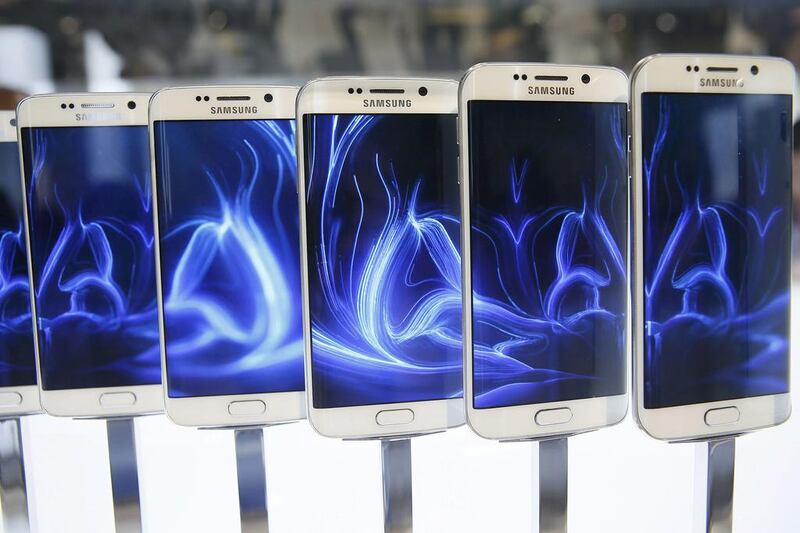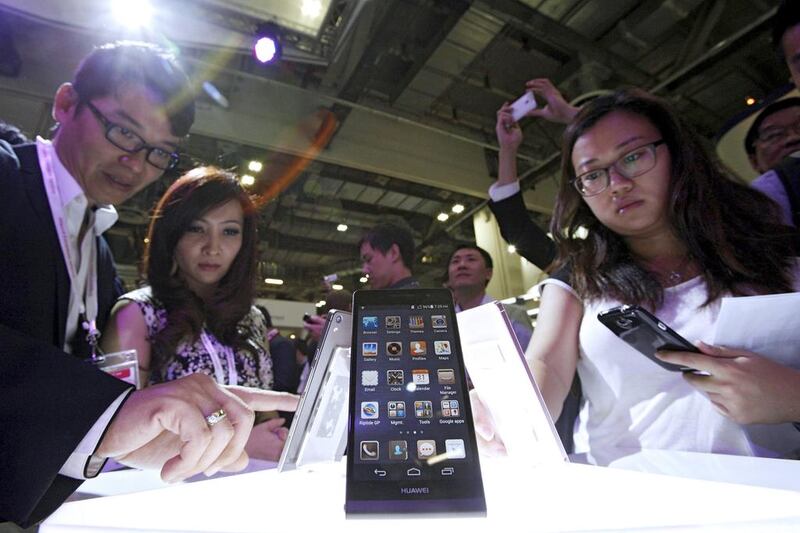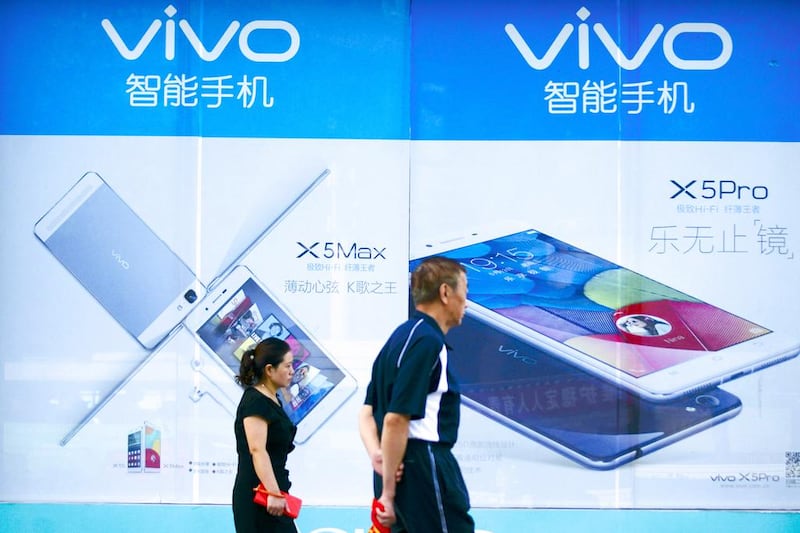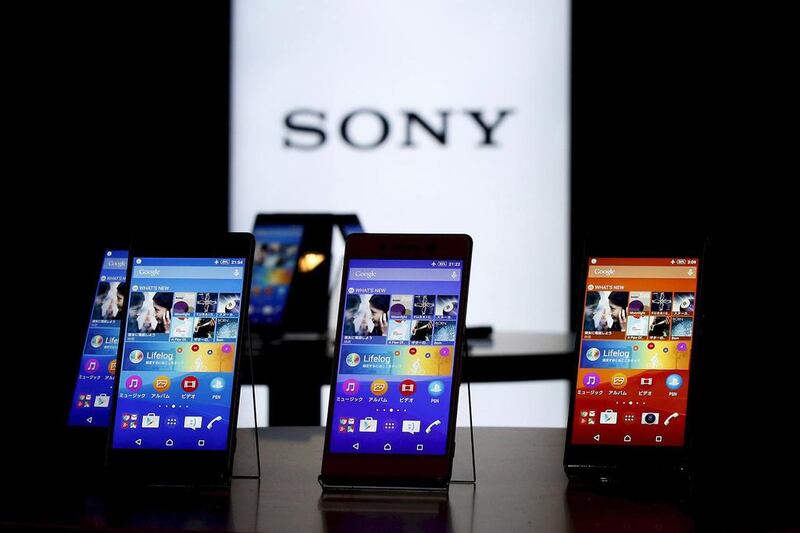Chinese vendors are shaking up the smartphone market with lesser-known brands competing head-to-head with market leaders during the first quarter of 2016, according to International Data Corporation’s Worldwide Quarterly Mobile Phone Tracker report.
SAMSUNG
market share – 24.5 per cent
shipment volume – 81.9 million
Samsung remained the leader in the worldwide smartphone market despite a year-over-year decline of 0.6 per cent in shipments. Despite the slight decline, the new Galaxy S7 and S7 edge sold vigorously in March, helped by numerous enticing carrier promotions to help push volume. The S7 also reintroduced the microSD card slot in combination with waterproofing, which seems to have paid off for the Korean giant. Within emerging markets, Samsung has performed well with its more affordable J-series as it looks to capture both budget conscious consumers and first-time buyers.
APPLE
market share – 15.3 per cent
shipment volume – 51.2 million
Apple saw its first-ever year-on-year decline in the first quarter as volumes slipped to 51.2 million units, down 16.3 per cent from last year. Despite the plethora of new features found on the newer S models, current iPhone 6/6 Plus owners may feel that a 6S upgrade may not be warranted at the moment. Apple also announced the new iPhone SE, which looks to challenge similarly priced Android options in numerous emerging markets where Apple has traditionally been seen as too expensive. The SE features all the power of the 6S in a compact form factor that looks to equally target those who desire smaller phones as well. However, at US$399, the SE still faces equally powerful lower-priced devices from competitors, particularly within India and China. As Apple chief executive Tim Cook mentioned on the company's earnings call, the SE will begin having an impact on iPhone shipments in the second quarter of 2016.
HUAWEI
market share – 8.2 per cent
shipment volume – 27.5 million
Huawei's continued domestic dominance, combined with a growing presence outside of China, enabled it to capture the number 3 position worldwide in the first quarter. Shipment volume for Huawei climbed to 27.5 million this quarter for year-over-year growth of 58.4 per cent. Huawei's two-pronged approach, with a focus on both premium and entry-level devices, proved successful in China as well as in many developed European markets. The recent launch of the P9 smartphone featuring Leica optics provided an additional weapon with which to combat Apple and Samsung. Premium devices like the P9, Mate series and Nexus 6, along with entry level devices from its Honor brand, should help Huawei gain further traction worldwide.
OPPO
market share – 5.5 per cent
shipment volume – 18.5 million
OPPO has been shipping smartphones since 2011 and while its primary focus is domestic, it has been shipping internationally since 2012. Landing first in Thailand, then expanding throughout Southeast Asia and more recently to other countries in Asia, the Middle East and Africa, OPPO's focus is on fostering channel partnerships, supplemented with large marketing budgets and entertainment sponsorships to increase visibility, culminating in almost 20 per cent of shipments going outside of China in 2015. OPPO's expansion in China itself has been via offline channels and a strong push to lower-tier cities. In the first quarter, OPPO's 18.5 million shipments represented 153.2 per cent year-over-year growth, the strongest among the top 5.
VIVO
market share – 4.3 per cent
shipment volume – 14.3 million
vivo has also shipped smartphones since 2011, but unlike OPPO has been more focused on domestic markets. It first tested the global marketplace in Southeast Asia and India in 2014. In 2015, less than 10 per cent of its shipments were outside of China. Positioned as a relatively premium product in China, one of its best-selling flagship products, the X5Pro, is also among the most expensive, priced around US$300. Similar to OPPO, vivo's retail presence and marketing in lower-tier markets is particularly strong and a key factor to its growth. The vivo brand is also slightly differentiated by its focus on audio. With 14.3 million units shipped in 1Q16, and 123.8 per cent year-over-year growth, vivo remains in tight competition with the other top 10 players.
OTHERS:
market share – 42.3 per cent
shipment volume – 141.5 million










